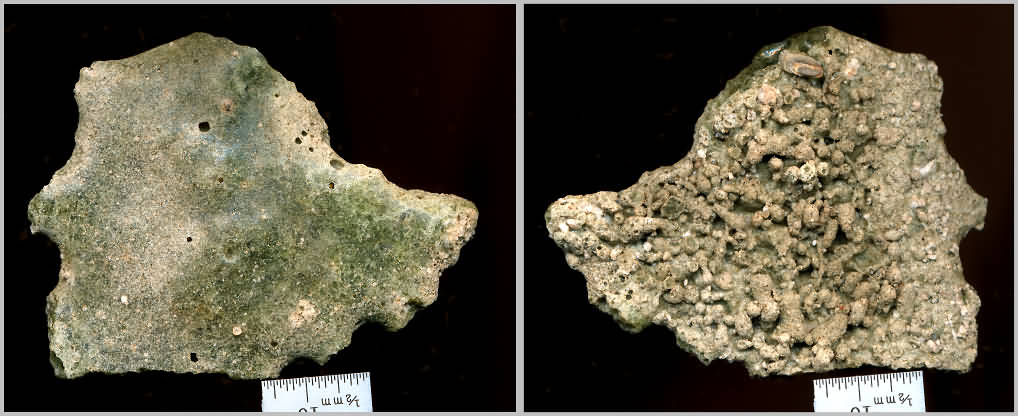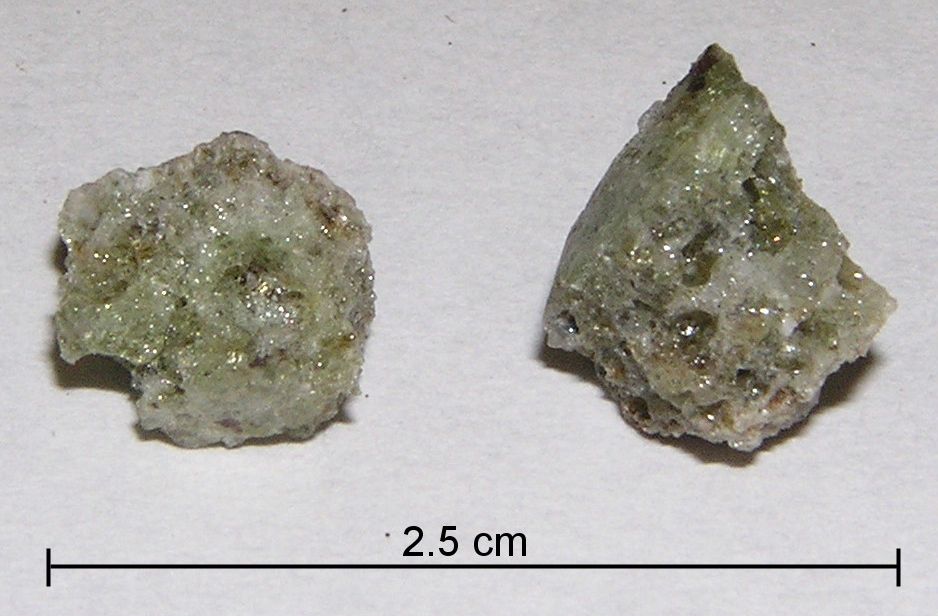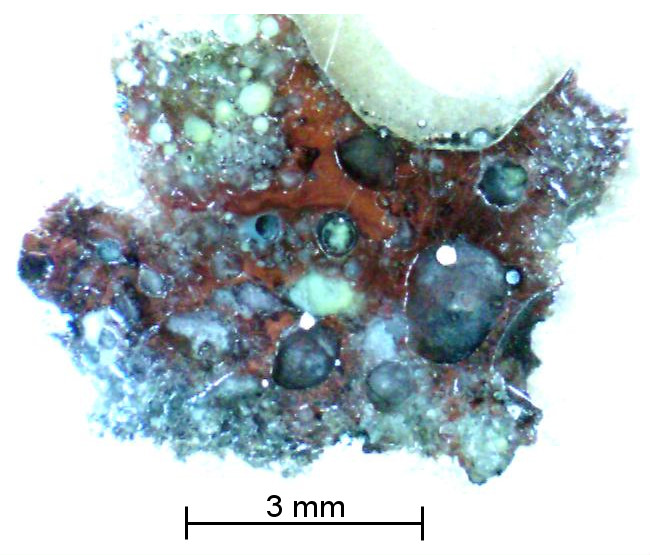 U. Mass Lowell
U. Mass Lowell |
Prof. Nelson Eby | Department of Environmental, Earth, & Atmospheric Sciences |
|
Trinitite |
|
At
05:29:45AM local time on Monday, 16 July, 1945, the nuclear It is now recognized that there are many forms of trinitite including both green and red varieties and a variety of morphologies. In the present study we are using gamma ray spectroscopy to characterize the radioactivity of trinitite glass samples, instrumental neutron activation analysis to investigate changes in chemistry between the protolith (arkosic sand) and the glasses, x-ray diffraction to characterize the crystalline phases present in the protolith and the glasses, and scanning electron microscopy to characterize the chemistry of the various glasses that comprise the trinitite samples. Collaborators on this project are Norman Charnley (Oxford), John Smoliga, and Robb Hermes (LANL). |
|
Eby, N., Hermes, R., Charnley, N., Smoliga, J. A. (2010) Trinitite - the atomic rock. Geology Today 26, 181-186. (request electronic reprint).
|
|
Eby, G. N., Charnley, N., Smoliga, J. On Monday, 16 July, 1945, the atomic age began with the detonation of a plutonium bomb at the Alamogordo Bombing range. One of the products of this nuclear explosion was a green glassy material that was called trinitite, the first atomic rock. The trinitite layer had a radius of ~300 m and was ~2 cm thick. The top of the layer was glassy green while the underside was light tan with sandy inclusions. The trinitite occurs as fragments, agglomerated droplets, and 2 to 3 mm beads that are spheroidal, teardropped shaped or oblong. The original trinitite layer was bulldozed under shortly after the blast, but trinitite beads are now found at the surface around anthills. The sand at the site is arkosic and consists of α-quartz, microcline, albite, muscovite, and actinolite. This material was entrained in the blast and melted to form trinitite. It is estimated that approximately 85% of the melted material was deposited near ground zero and formed the trinitite layer while the remainder was carried some distance downwind. Anthill trinitite has been found several 1000 m from ground zero. The only crystalline phase found in trinitite is α-quartz. The quartz occurs as fragmented and partly embayed grains. A number of glasses can be distinguished which show a wide variation in chemistry, e.g. SiO2 = 54-66, Al2O3 = 13-19, CaO = 2-16, Na2O = 1-4, and K2O = 2-12, wt. %. None of the glasses plots near the minimum in the Ab-Or-Qtz ternary and the chemistry of individual glasses correspond roughly to that of the different minerals found in the sand thus indicating disequilibrium melting. The REE pattern for a composite sand sample is relatively flat with a pronounced negative Eu anomaly. Trinitite samples have similar patterns except they are relatively enriched in LREE due to the addition of these elements as fission products. Fe, Sc, Cr, Co, and Ni are enriched by a factor of 2 or greater in the trinitite and these elements are derived from the bomb casing and tower. The neutron dose for each trinitite sample is determined by measuring the current radioactivity of 152Eu, decay correcting this activity to the time of detonation, and then irradiating the sample with a known neutron dose and measuring the resulting 152Eu activity. The calculated neutron dose ranges between 6.1 and 6.5 x 1015 n cm-2, in agreement with doses calculated using other approaches. |

Pancake trinitite |

Green trinitite fragments |

Red trinitite |

Trinitite beads and dumbbells |